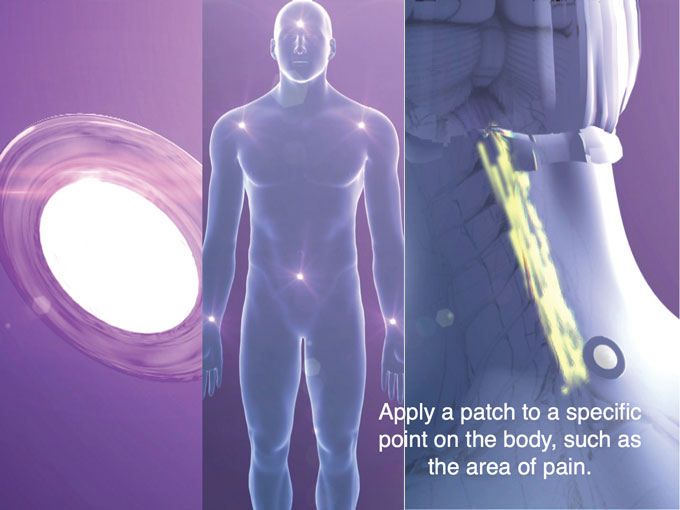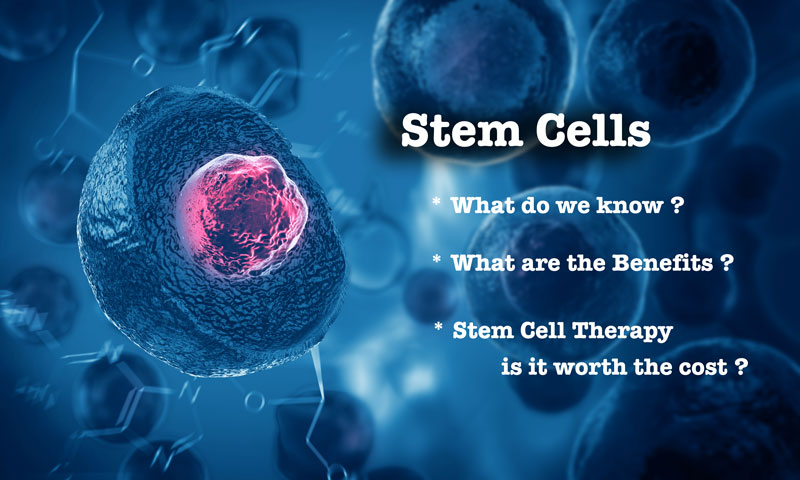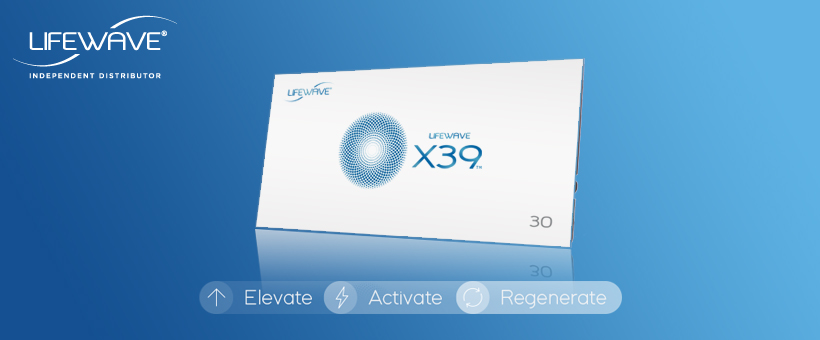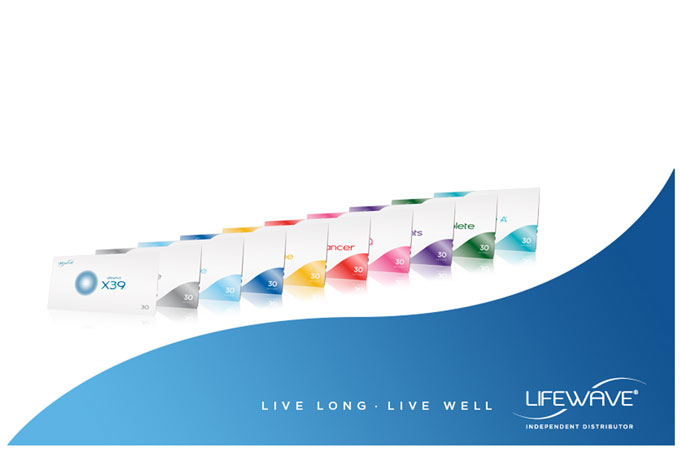Imagine a therapy that could speed up the healing process of your wounds, allowing you to recover quicker and get back to living your life. Enter infrared light therapy, a cutting-edge treatment that utilizes the power of light to stimulate the natural healing mechanism of your body. With its non-invasive nature and proven effectiveness, infrared light therapy has become an increasingly popular option for those seeking faster and more efficient wound healing. In this article, we will explore the benefits and mechanisms behind infrared light therapy and how it can potentially revolutionize the way we recover from injuries. So, get ready to uncover the transformative power of infrared light therapy and discover how it can accelerate your recovery process.
I. Benefits of Infrared Light Therapy
A. Increased blood circulation
Infrared light therapy has been shown to increase blood circulation, promoting the delivery of oxygen and nutrients to the injured area. By improving circulation, more oxygen and nutrients are reaching the wound site, which can accelerate the healing process.
B. Enhanced tissue regeneration
Another benefit of infrared light therapy is its ability to enhance tissue regeneration. The infrared light stimulates the production of collagen, a key protein that is essential for wound healing. This increased production of collagen leads to faster tissue regeneration and can help wounds heal more quickly.
C. Reduced inflammation
Inflammation is a natural response to injury, but when it becomes chronic, it can impede the healing process. Infrared light therapy has been shown to reduce inflammation by inhibiting the action of pro-inflammatory substances. By reducing inflammation, the body can focus its energy on repairing the wound and speeding up the healing process.
D. Pain relief
One of the most noticeable benefits of infrared light therapy is its ability to provide pain relief. The therapy stimulates the release of endorphins, the body’s natural painkillers, which can help alleviate pain associated with wounds. In addition, infrared light can also help reduce nerve sensitivity, providing long-lasting pain relief.
II. Mechanisms of Infrared Light Therapy
A. Absorption of light energy
Infrared light is absorbed by the cells in the body, particularly by the mitochondria. The energy from the light is then converted into cellular energy, which is used by the cells to promote healing and repair damaged tissues. This process of energy absorption plays a crucial role in the effectiveness of infrared light therapy.
B. Activation of mitochondria
Mitochondria are the powerhouses of cells, responsible for generating energy. When exposed to infrared light, mitochondria become more active, producing more adenosine triphosphate (ATP). This increase in ATP production fuels the cells’ healing processes, promoting faster tissue regeneration and wound healing.
C. Release of nitric oxide
Infrared light therapy triggers the release of nitric oxide, a molecule that plays a crucial role in wound healing. Nitric oxide helps to dilate blood vessels, improving blood flow to the wound site. It also has anti-inflammatory properties and can help bacteria-fighting cells reach the wound more effectively, enhancing the healing process.
D. Stimulation of growth factors
Infrared light therapy stimulates the production of various growth factors in the body. These growth factors play a crucial role in wound healing by promoting cell growth, blood vessel formation, and tissue regeneration. The increased production of growth factors accelerates the healing process and improves the overall outcome of wound healing.
III. Application of Infrared Light Therapy for Wound Healing
A. Types of wounds suitable for treatment
Infrared light therapy is suitable for a wide range of wounds, including acute wounds, chronic wounds, surgical incisions, and ulcers. It can also be beneficial for burns and injuries that have resulted in tissue damage. However, it is important to consult with a healthcare professional to determine the suitability of infrared light therapy for specific wound types.
B. Preparations before therapy
Before undergoing infrared light therapy, it is important to prepare the wound site by cleaning it thoroughly and removing any debris or foreign objects. The area should be dry and free from ointments or creams. It is also essential to protect the eyes and other sensitive areas from direct exposure to the light.
C. Duration and frequency of sessions
The duration and frequency of infrared light therapy sessions may vary depending on the type and severity of the wound. Generally, sessions can last anywhere from a few minutes to 30 minutes per day. The frequency of sessions can range from daily to several times a week. It is best to follow the recommendations of a healthcare professional for optimal results.
D. Potential risks and precautions
While infrared light therapy is generally considered safe, there are a few potential risks and precautions to be aware of. Direct exposure to the eyes should be avoided, as it can cause damage. It is also important to follow the recommended treatment duration and frequency to prevent overexposure. If any adverse reactions occur, such as increased pain or swelling, it is important to consult a healthcare professional.
IV. Clinical Evidence Supporting Infrared Light Therapy
A. Randomized controlled trials
Numerous randomized controlled trials have been conducted to assess the effectiveness of infrared light therapy for wound healing. These studies have consistently shown positive results, demonstrating accelerated wound healing, reduced inflammation, and improved overall outcomes.
B. Meta-analyses and systematic reviews
Meta-analyses and systematic reviews that have analyzed multiple studies on infrared light therapy have also shown promising results. These comprehensive analyses provide a robust overview of the available evidence and support the use of infrared light therapy for wound healing.
C. Case studies and patient testimonials
In addition to controlled trials and systematic reviews, there are also numerous case studies and patient testimonials that highlight the benefits of infrared light therapy for wound healing. These personal accounts provide anecdotal evidence of the effectiveness of the therapy and further support its use in clinical practice.
V. Comparisons with Other Wound Healing Modalities
A. Traditional wound care methods
Compared to traditional wound care methods, infrared light therapy offers several advantages. It is non-invasive, painless, and does not require the use of medications or dressings. Additionally, infrared light therapy can be used in conjunction with other treatments for enhanced effectiveness.
B. Negative pressure wound therapy
Negative pressure wound therapy is another commonly used modality for wound healing. While both negative pressure wound therapy and infrared light therapy have been shown to be effective, they work through different mechanisms. Infrared light therapy focuses on cellular energy and stimulation, while negative pressure wound therapy focuses on wound drainage and removing excess fluid.
C. Hyperbaric oxygen therapy
Hyperbaric oxygen therapy is another treatment modality used for wound healing. While both infrared light therapy and hyperbaric oxygen therapy have shown positive results, hyperbaric oxygen therapy requires specialized equipment and controlled environments. Infrared light therapy, on the other hand, can be more readily accessible and used in various healthcare settings.
D. Electrical stimulation
Electrical stimulation is another modality that has been explored for wound healing. While it can be effective, it requires the use of electrodes and electrical current delivery systems. Infrared light therapy, on the other hand, is non-invasive and does not require the use of any equipment other than the infrared light device.
VI. Practical Considerations for Infrared Light Therapy
A. Availability of infrared light therapy devices
Infrared light therapy devices are increasingly becoming more available to the general public. They can be purchased for home use, providing a convenient option for those who require regular treatment or want to incorporate it into their wound care routine. However, it is important to ensure that the device is of high quality and certified for safety.
B. Cost considerations
The cost of infrared light therapy devices can vary depending on the brand and features. While there may be an upfront cost for purchasing a device, it is important to consider the long-term benefits and potential cost savings associated with accelerated wound healing.
C. Accessibility and ease of use
Infrared light therapy devices are generally easy to use and can be used in the comfort of one’s own home. This accessibility and convenience make it a practical option for those with limited mobility or those who prefer the convenience of at-home treatments.
D. Consultation and guidance from healthcare professionals
While infrared light therapy can be used at home, it is important to consult with healthcare professionals, such as doctors or wound care specialists, for proper guidance. They can provide personalized recommendations based on the individual’s specific wound condition and monitor the progress of the healing process.
VII. Future Directions in Infrared Light Therapy Research
A. Optimization of treatment parameters
Further research is needed to optimize the treatment parameters of infrared light therapy, such as determining the most effective wavelength, intensity, and duration of treatment for specific wound types. This ongoing research can help refine and enhance the effectiveness of the therapy.
B. Combination therapies
Combining infrared light therapy with other modalities, such as negative pressure wound therapy or hyperbaric oxygen therapy, may provide synergistic effects and further accelerate wound healing. Future research should explore these combination therapies to determine their efficacy and benefits.
C. Development of portable devices
As the demand for at-home wound care continues to increase, the development of portable and user-friendly infrared light therapy devices is an area of ongoing research. Portable devices would provide greater accessibility and convenience for patients, allowing them to receive treatment wherever they are.
D. Standardization of protocols
To further establish infrared light therapy as a standardized wound healing modality, a comprehensive standardization of treatment protocols is necessary. This would ensure consistency in treatment approaches and facilitate better comparison and interpretation of research findings.
VIII. Success Stories of Infrared Light Therapy for Wound Healing
A. Notable cases of wound recovery
There have been numerous notable cases where infrared light therapy has shown remarkable results in wound recovery. These cases often involve challenging wound conditions that have failed to respond to conventional treatments, but have experienced significant improvement with the addition of infrared light therapy.
B. Testimonials from patients and clinicians
Many patients and clinicians have shared their positive experiences and success stories with infrared light therapy. Their testimonials highlight the benefits and effectiveness of the therapy in promoting wound healing and improving quality of life.
C. Long-term follow-up and benefits
Long-term follow-up studies have demonstrated the sustained benefits of infrared light therapy for wound healing. These studies show that the improvements achieved through infrared light therapy are not short-lived and that the therapy can have lasting effects on wound healing outcomes.
IX. Limitations of Infrared Light Therapy
A. Variability in individual response
Response to infrared light therapy may vary among individuals. Factors such as the type and severity of the wound, overall health and medical conditions, and individual healing capacity can influence the effectiveness of the therapy. It is important to monitor progress and adjust treatment as necessary.
B. Lack of universally accepted protocols
While infrared light therapy has shown promising results, the lack of universally accepted protocols can make it challenging to determine the optimal treatment parameters for different wounds. Further research is needed to establish standardized protocols that will enhance the consistency and effectiveness of the therapy.
C. Limited availability in certain healthcare settings
Infrared light therapy may not be widely available in all healthcare settings, limiting its accessibility for some patients. However, as the therapy continues to gain recognition and evidence of its benefits accumulates, it is anticipated that its availability will increase in the future.
X. Conclusion
Infrared light therapy is a promising modality for wound healing that offers a range of benefits, including increased blood circulation, enhanced tissue regeneration, reduced inflammation, and pain relief. The mechanisms of infrared light therapy involve the absorption of light energy, activation of mitochondria, release of nitric oxide, and stimulation of growth factors. Its application for wound healing is suitable for various types of wounds, and proper preparations, duration, and frequency of sessions should be considered. Clinical evidence, including randomized controlled trials, systematic reviews, and case studies, supports the use of infrared light therapy for wound healing. It can be compared to traditional wound care methods, negative pressure wound therapy, hyperbaric oxygen therapy, and electrical stimulation. Practical considerations, such as the availability of devices, cost considerations, accessibility, and consultation with healthcare professionals, should be taken into account when considering infrared light therapy. The future of infrared light therapy research includes optimization of treatment parameters, combination therapies, development of portable devices, and standardization of protocols. Success stories, testimonials, and long-term follow-up studies attest to the effectiveness and benefits of infrared light therapy. However, it is important to recognize the limitations, such as individual variability in response and the lack of universally accepted protocols. Overall, infrared light therapy holds great potential in accelerating wound healing and improving outcomes for patients.





